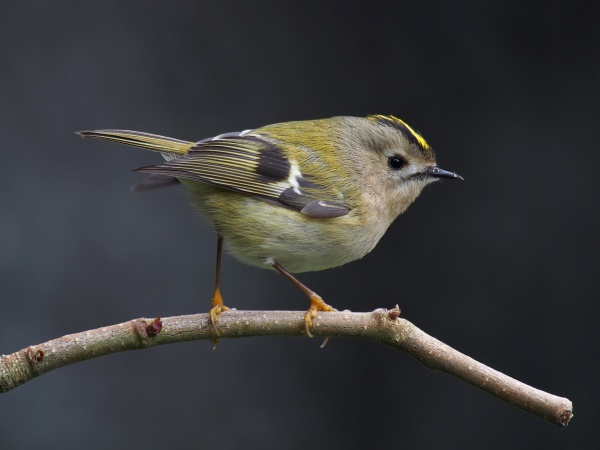Facts About Goldcrest
The goldcrest, a diminutive bird from the kinglet family, is easily recognized by its vibrant golden crest feathers. Its scientific name, *Regulus regulus*, alludes to its folklore title as the "king of the birds." This enchanting bird inhabits a broad range across the Palearctic and Macaronesia regions, with several subspecies, some of which migrate south during the winter.
Physically, the goldcrest is petite, featuring greenish upper parts, whitish underparts, and the distinctive golden crest on its head. It prefers to breed in coniferous woodlands, where it constructs intricate three-layered nests in tree branches. Its diet primarily consists of insects. During the winter, you might spot goldcrests in mixed-species flocks, and they possess an intriguing ability to lower their metabolic rate to endure cold nights.
Goldcrests are monogamous and build well-insulated, cup-shaped nests. The female is responsible for incubating the eggs, and both parents share the duty of feeding the chicks. Hybridization between goldcrests and firecrests is rare due to distinct variations in their courtship rituals and facial markings. These birds face threats from predators such as birds of prey and host various parasites.
The goldcrest's range extends from Macaronesia to Japan, with populations scattered across Europe, Asia, and Iceland. Classified as "Least Concern" on the IUCN Red List, their population is stable, estimated to be between 80 and 200 million individuals. Although harsh winters can pose challenges, goldcrests have demonstrated resilience and adaptability to changing conditions.

 Ukraine
Ukraine